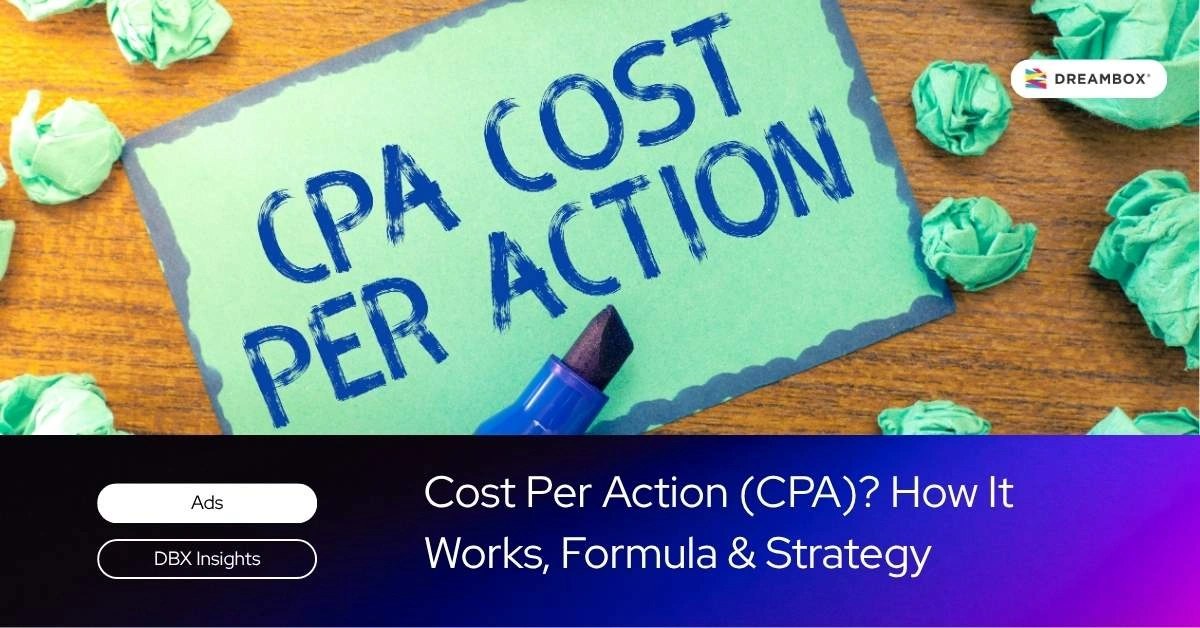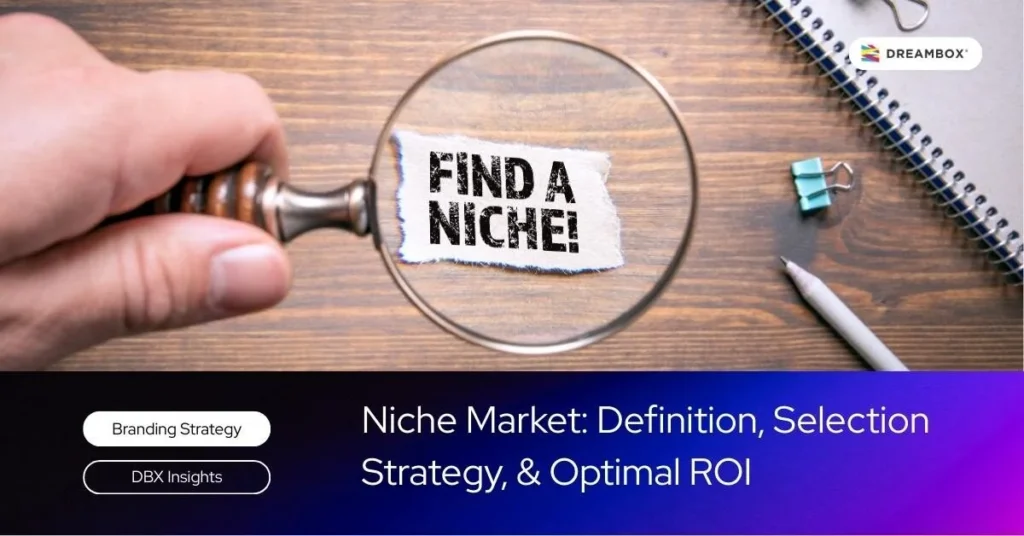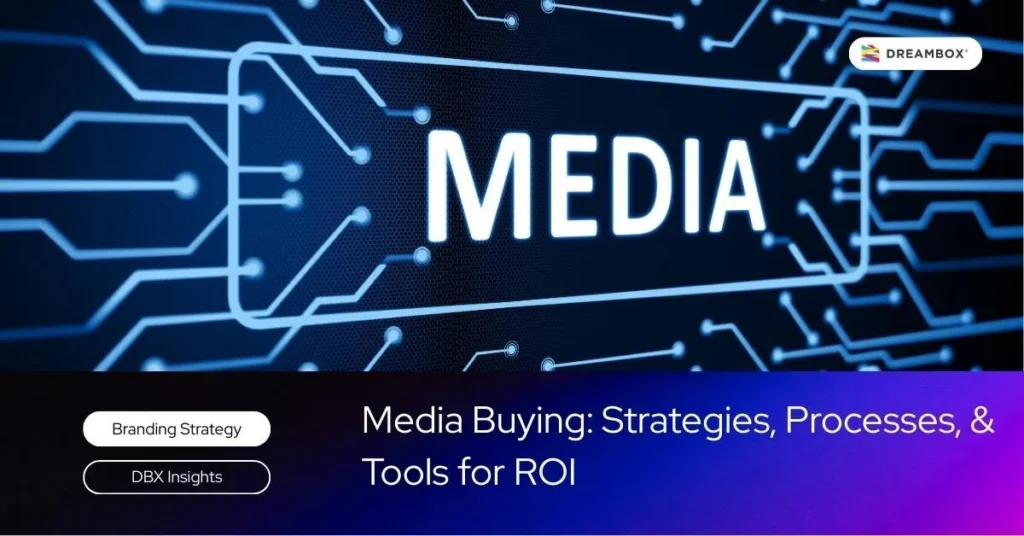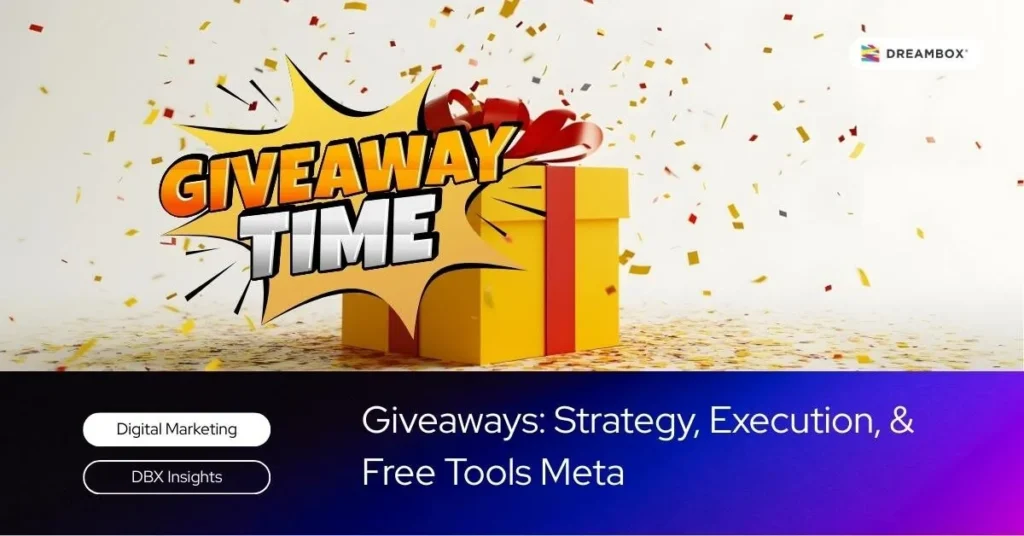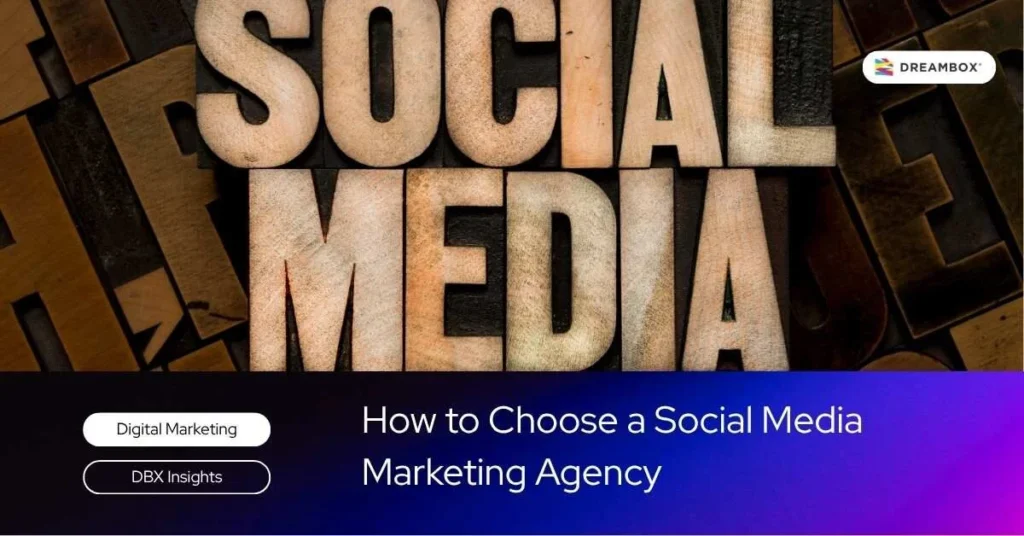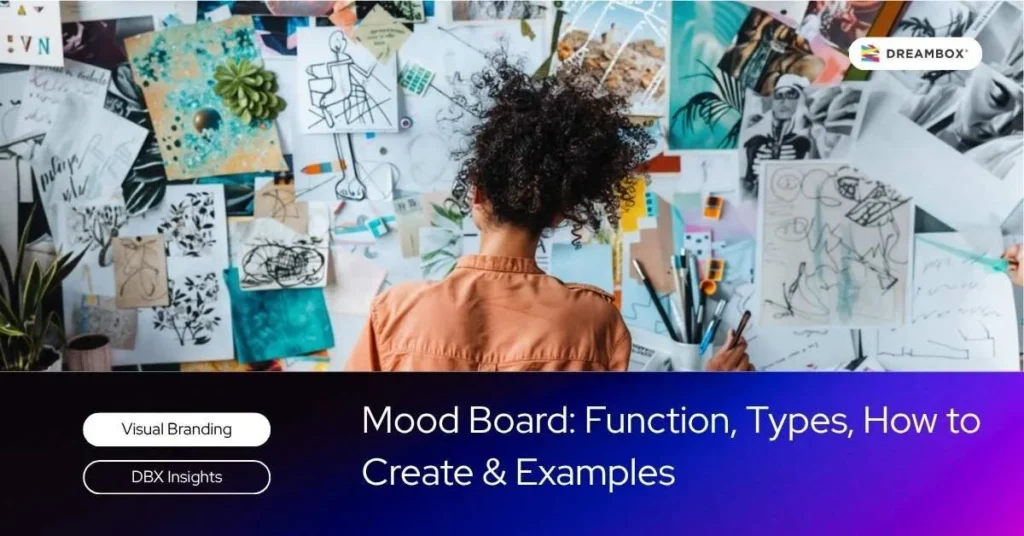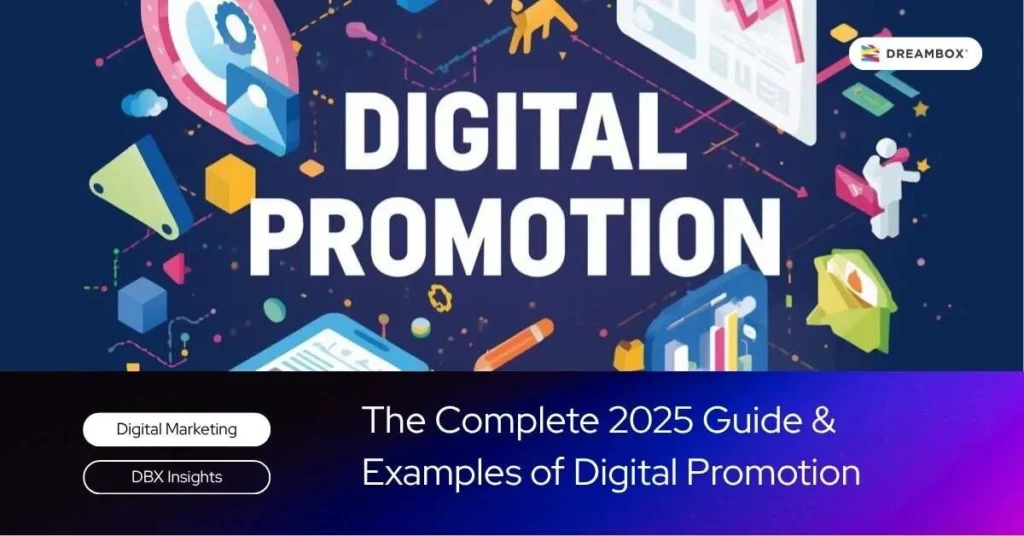Cost Per Action (CPA) ensures that every dollar of your digital ad spend delivers real, measurable results. Unlike models that focus only on impressions or pay-per-click, CPA means you only pay when your audience takes the most valuable action.
Let’s dive deeper into how it works, its advantages, and the strategies for implementing CPA in your campaigns.
What Is Cost Per Action (CPA)?
Cost Per Action (CPA) is a results-focused advertising model where advertisers only pay when an audience completes a specific, desired action, for example, making a purchase, filling out a form, or signing up.
Unlike Cost Per Click (CPC), which only counts clicks, CPA ensures that your ad budget is spent on actual conversions, giving you complete control over your return on investment (ROI).
Due to its effectiveness, proper campaign management is the key to success across various platforms, including social media advertising and search engine campaigns, which requires an experienced Google Ads agency service.
Schedule a free 30-minute branding consultation session with our experts.
How to Calculate CPA and Its Differences from Other Models
Understanding how to calculate CPA is crucial for measuring your campaign’s success.
The Simple Cost Per Action Formula
Example: You spend IDR 2,000,000 on a Google Ads campaign and successfully get 50 sales from it. Your CPA would be:
By knowing this figure, you can assess whether your customer acquisition cost is profitable or not.
Comparison: CPA vs. CPC vs. CPM
Here is the comparison:
| Model | You Pay When… | Main Focus |
| CPA (Cost Per Action) | A user acts (buys, signs up, etc.). | Conversion Quality & ROI |
| CPC (Cost Per Click) | A user clicks on your ad. | Driving Traffic |
| CPM (Cost Per Mille) | Your ad is displayed a thousand times. | Brand Awareness & Reach |
How Does CPA Work?
CPA works using a tracking system. When your ad is displayed, a tracking code (typically referred to as a pixel or cookie) will track user activity after they interact with the ad.
Actions that can be tracked include:
- Making a purchase
- Filling out a contact form (lead generation)
- Registering for a new account
- Downloading an app or e-book
- Subscribing to a webinar
When the user completes an action on your landing page or website, the pixel sends a signal to the ad platform (such as Google Ads or Facebook Ads) indicating that a conversion has occurred. That is when you are charged.
Benefits of Using the CPA Model
Here are some benefits of using the CPA model that you should consider before running your next ad campaign.
- More Controlled Ad Spend: You only pay for results. This prevents budget waste on clicks or impressions that don’t lead to conversions.
- Complete Focus on ROI: The CPA model places Return on Investment as the primary metric of success, not just meaningless traffic.
- Lower Financial Risk: For businesses with limited budgets or those just testing the market, CPA is a safe option because payment is directly tied to revenue or lead acquisition.
- Easier Performance Evaluation: You can directly measure the performance of each campaign, ad, or target audience based on the recorded conversions, making data-driven decisions easier.
- Ideal for Specific Goals: It is ideally suited for campaigns with clear objectives, such as lead generation, e-commerce sales, or member registrations.
Simple Cost Per Action Strategy Example
Imagine a company named “TIBA-TIBA EVENT,” a Wedding & Event Organizer service provider, wants to get more potential clients from digital ads. Here is a brief application of their CPA strategy:
- Objective & Target CPA Defined: The goal is “to get 50 leads (potential clients who fill out a consultation form) in a month with a maximum cost of IDR 75,000 per lead.” This target is clear and measurable.
- Ad Assets Prepared: They create an elegant landing page featuring a portfolio of cinematic event videos, client testimonials, and a short “Get a Free Consultation” form (only asking for name, WhatsApp no, & event date).
- Tracking Configured: A Meta Pixel is installed on the website. A “Conversion” (Lead) is set to trigger every time someone successfully submits the form and reaches the “Thank You, our team will contact you shortly” page.
- Execution & Optimization: Two types of audience targeting are tested on Instagram & Facebook:
- Audience A (Interest Targeting): Targeting users who are newly engaged or show interest in “wedding dresses,” “wedding venues,” etc.
- Audience B (Lookalike): Targeting new users whose profiles are “similar” to their database of previous best clients.
After a week, Audience A generated leads with a cost per acquisition (CPA) of IDR 110,000. Meanwhile, Audience B, which was of higher quality, generated leads with a cost per acquisition (CPA) of IDR 70,000. The “TIBA-TIBA EVENT” team immediately reallocated the entire budget to Audience B to win the competition and reach their target.
Maximize Your CPA Strategy with Dreambox Ads Management
Although the CPA model sounds simple, its implementation can be complex if not handled correctly. From conversion setup and choosing the right social media platform to performance analysis, everything requires a solid digital marketing strategy.
If you want an ad campaign that genuinely delivers results and fits your budget, CPA can be a wise choice. However, the right strategy is the key to its success.
This is where Dreambox comes in to help you. Through our Ads Management services, the professional team at Dreambox is ready to design and execute a targeted CPA strategy for you.
Contact us for a consultation and make your ads more effective now!

